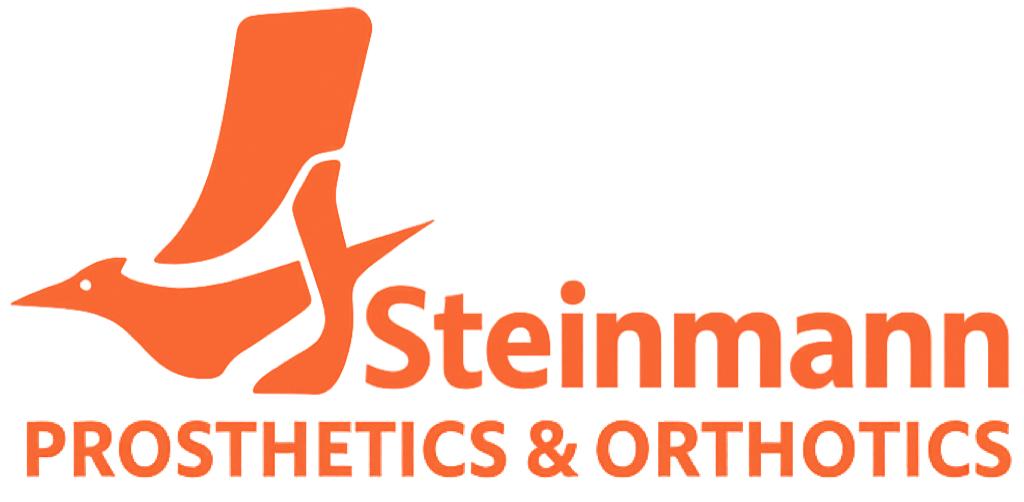Services
Foot Care and Healthy Tips
Foot Care for Diabetics and Orthotic Users
Healthy feet are the foundation of mobility. At Steinmann Prosthetics & Orthotics, we help patients prevent foot complications through proper shoe fitting, orthotic support, and proactive care. This guide outlines the key steps to protect your feet—especially if you live with diabetes or wear orthotic devices.
The Importance of Daily Foot Checks
Checking your feet daily can help identify issues early—before they become serious problems. Use a simple checklist each day:
- Look for redness, cuts, sores, or blisters
- Inspect between toes for moisture or fissures
- Check for swelling in the ankles, toes, or arches
- Look for thickened nails, corns, or calluses
If you can’t reach your feet, use a mirror or ask a friend or family member for help. Early action can prevent serious complications.
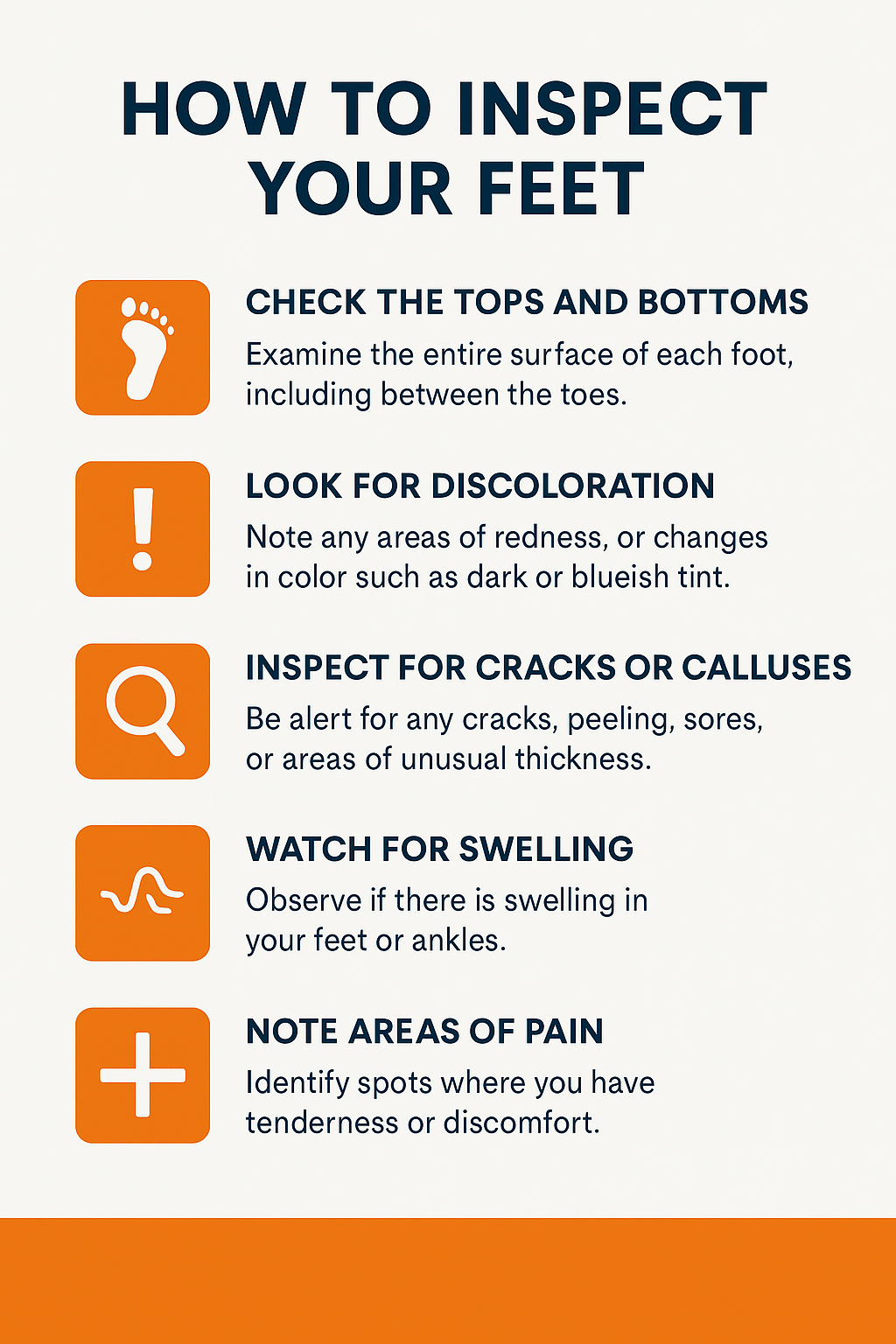
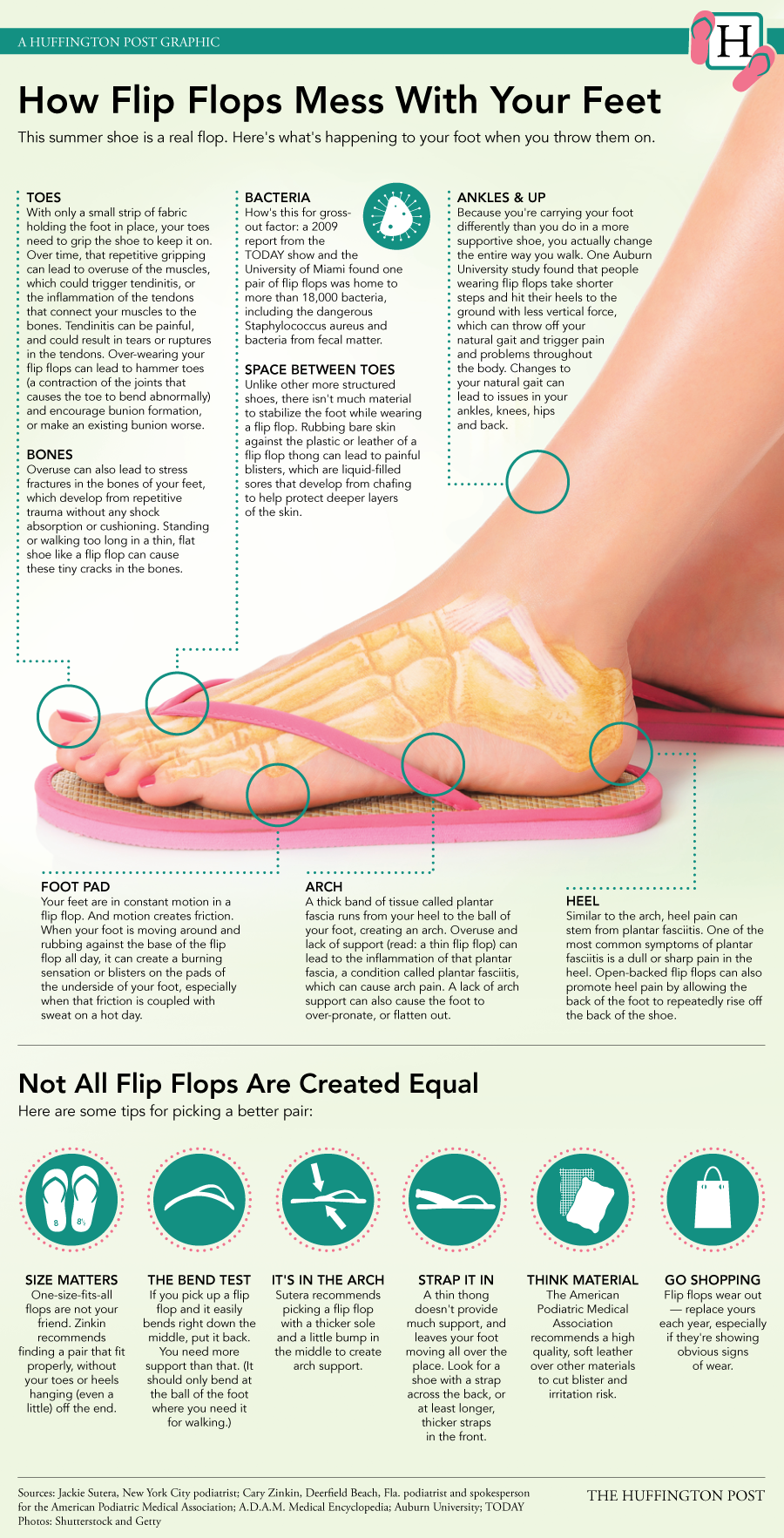
How to Choose the Correct Shoes
Proper footwear plays a critical role in foot health—especially for people with diabetes, neuropathy, or orthotic devices. When choosing shoes:
- Select shoes with a wide toe-box and deep footbed
- Ensure adequate support with cushioned heel and arch
- Favor adjustable fastenings (laces, straps, or stretch materials)
- Avoid high heels or stiff soles that can cause pressure points
Shoes should fit comfortably with the orthotic or brace in place and allow for normal movement and comfort throughout the day.
When to Use Custom Orthoses
Orthotic insoles and braces are prescribed to correct alignment, offload pressure areas, or support weak structures. If you’ve been fitted for custom orthoses, follow your clinician’s guidance:
- Wear custom orthoses inside properly fitting therapeutic shoes
- Ensure your orthotic device doesn’t become misaligned inside the shoe
- Always bring your orthoses when trying new shoes to test fit
Your Certified Prosthetist Orthotist (CPO) at Steinmann Prosthetics & Orthotics will monitor your orthotic fit during follow-up visits to help maintain comfort and prevent deterioration.
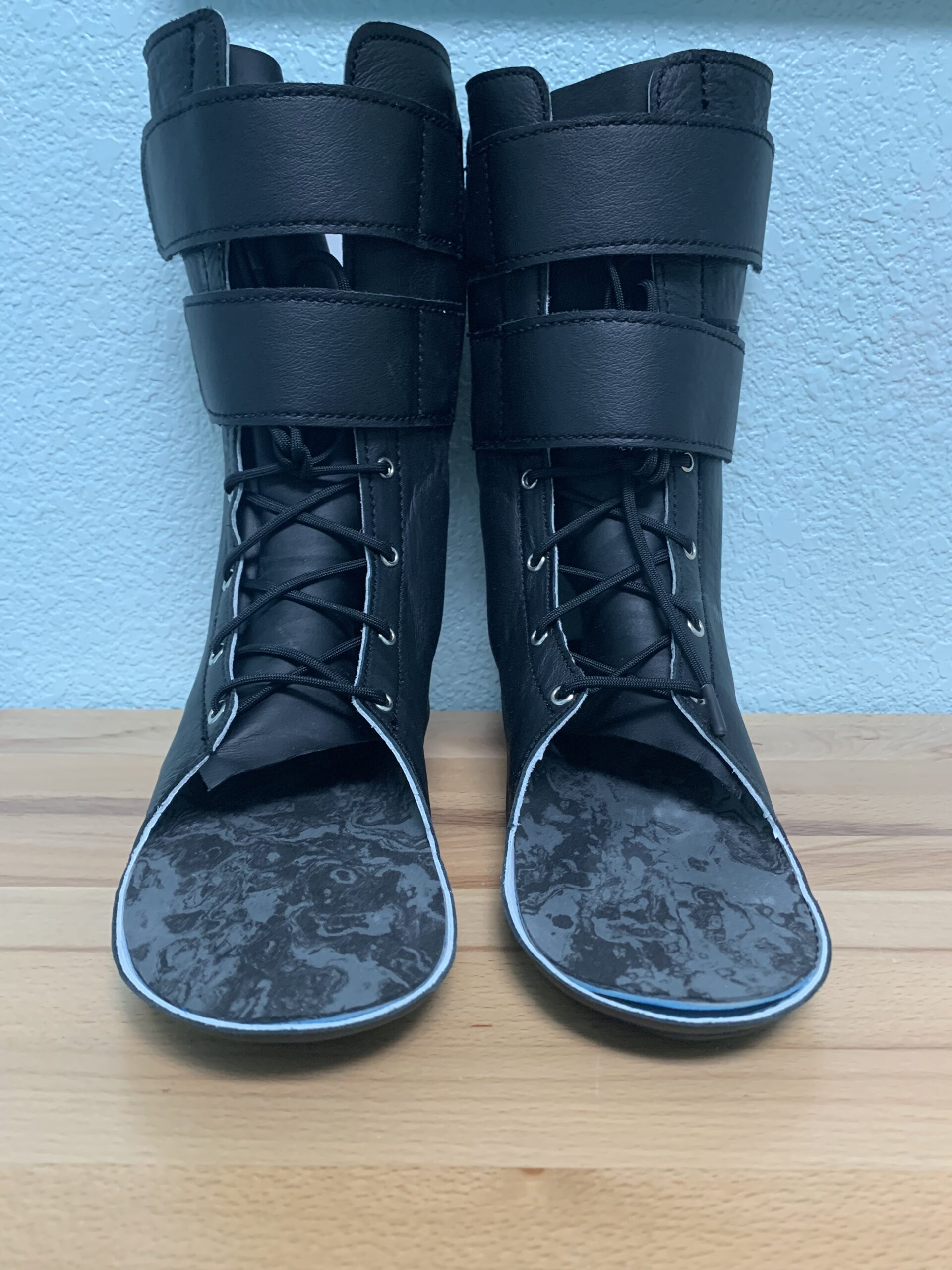
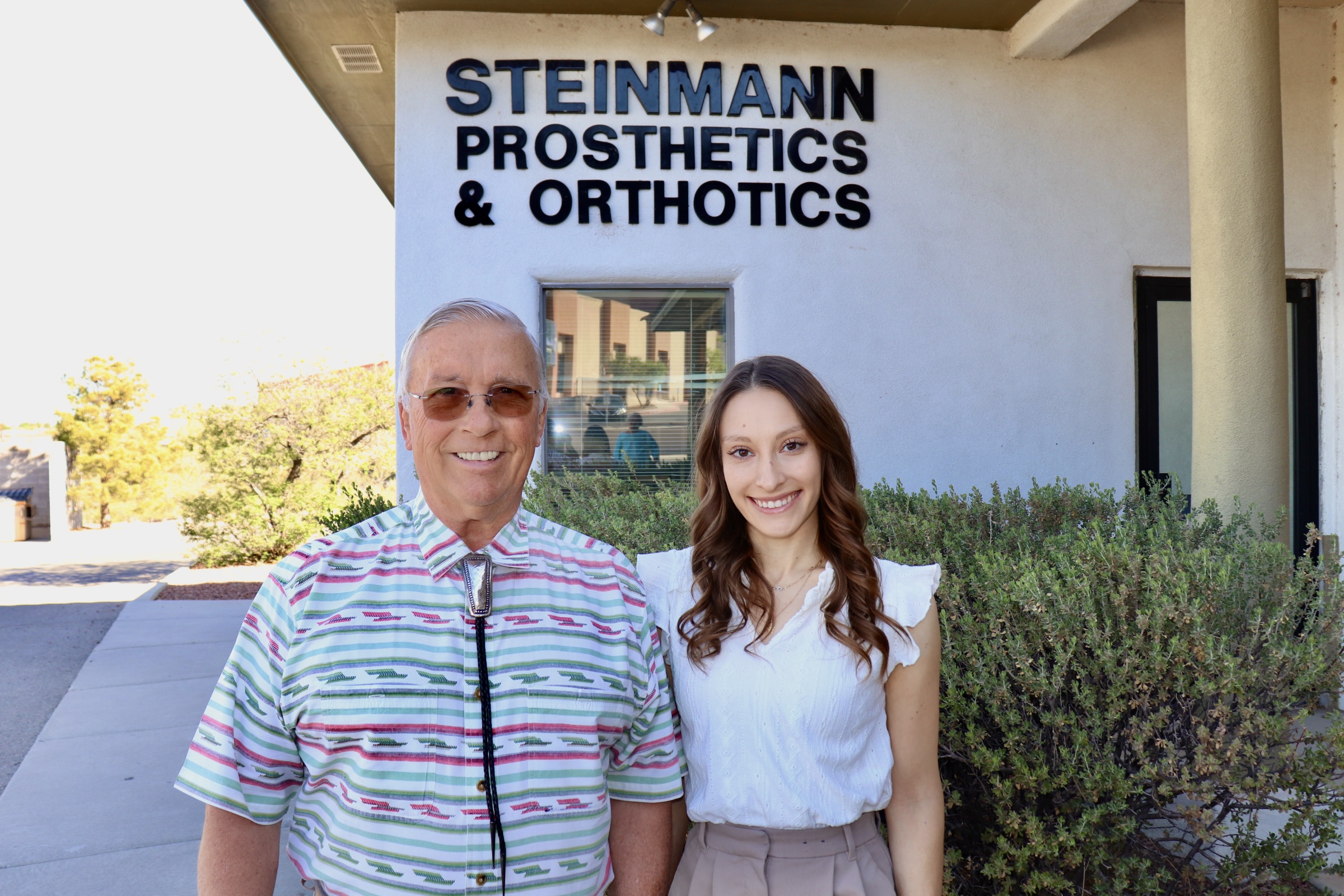
Signs You Should Call Your Provider
Call your doctor if you:
- Notice persistent redness or swelling not present earlier in the day
- Have open sores, drainage, or increasing pain walking
- Experience sudden weakness, numbness, or tingling
- See signs of infection—warmth, redness, pain, or fever
Prompt attention helps prevent minor issues from becoming costly complications.
How the Calf Muscle Pump Supports Circulation
Good circulation is essential for foot health, especially in patients with diabetes, neuropathy, or limited mobility. One of the body’s most important tools for blood flow is the calf muscle pump—often called your “second heart.”
Every time you walk or flex your ankle, your calf muscles help push blood back up toward the heart. When circulation is poor, the risk of swelling, skin breakdown, and ulceration increases.
To better understand this mechanism, view our Calf Muscle Pump Infographic:
Download the Calf Muscle Pump PDF
This visual guide explains:
- How the muscle pump supports healthy veins
- Why movement matters in foot care
- Simple steps to encourage blood flow daily
Staying mobile, stretching, and wearing properly fitted orthoses all help the calf muscle pump do its job more effectively.
Foot Care Checklist
- Inspect feet daily – check bottoms, tops, and between toes
- Wear properly fitted therapeutic shoes with orthoses when indicated
- Use adaptive footwear when ease is important
- Avoid walking barefoot—even at home
- Report any sores, redness, swelling, or pain promptly
- Schedule periodic evaluations with your Certified Prosthetist Orthotist (CPO)
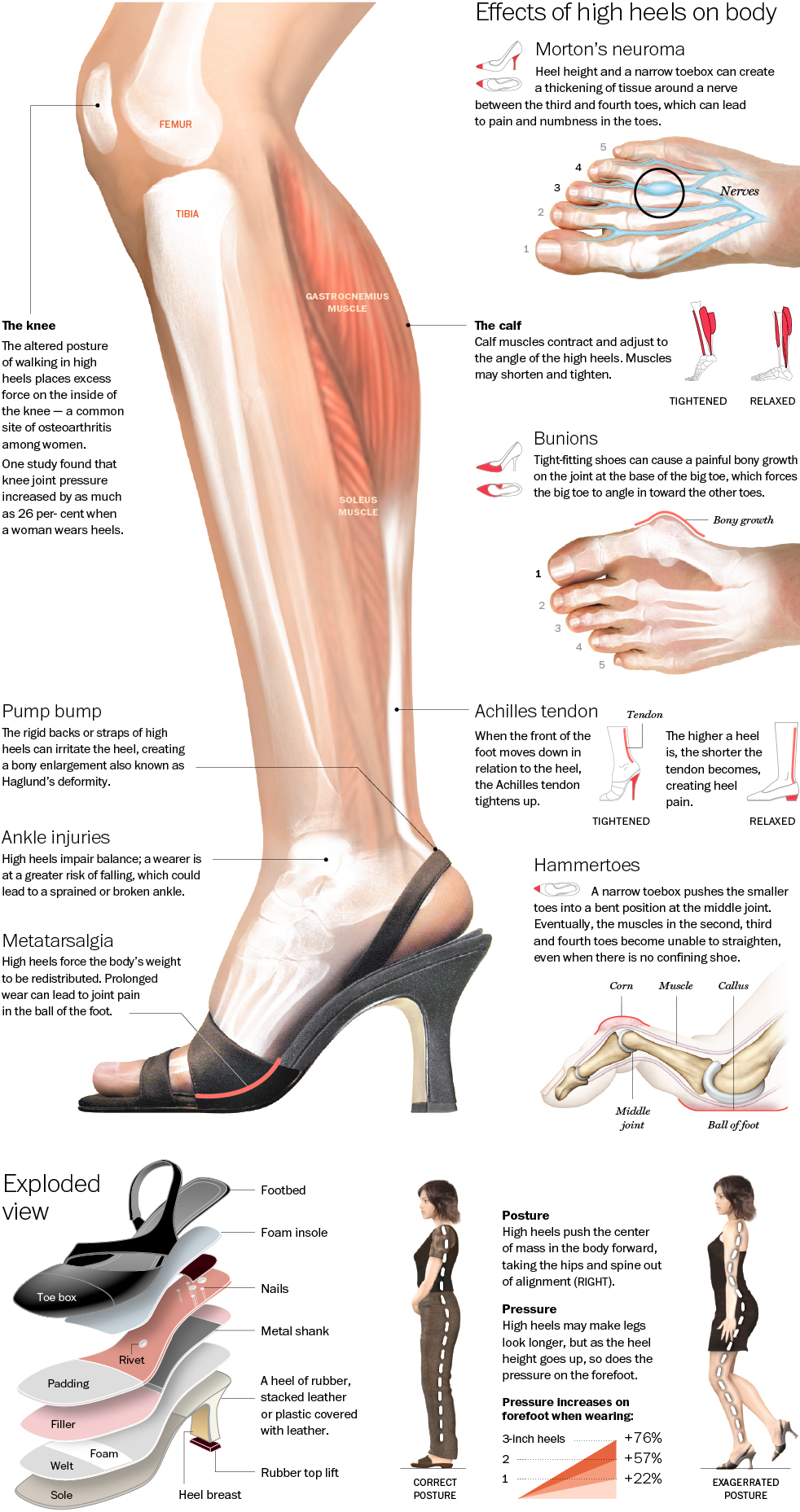
Typical Recommended Footwear
Recommended Footwear for Diabetic and Orthotic Needs
Choosing the right footwear is a critical part of protecting foot health, especially for patients with diabetes, foot deformities, or those who wear orthoses. At Steinmann Prosthetics & Orthotics, we work with trusted brands to provide both insurance-covered and out-of-pocket solutions tailored to our patients' needs.
Therapeutic Footwear (Medicare-Covered)
For patients who qualify for Medicare-covered therapeutic shoes (HCPCS code A5500), we primarily recommend shoes from the following suppliers:
These brands are known for their supportive, adjustable designs and compatibility with custom inserts. If you are eligible for therapeutic footwear, our team will assist you with fittings and guide you through the insurance coverage process.
Adaptive Footwear for Everyday Use
We also recommend Billy Footwear as a helpful solution for children and adults who wear AFOs or other braces. Billy Shoes feature a zip-around design that makes it easier to put shoes on and take them off over orthotic devices.
Shop Billy Footwear – Get 10% Off
Note: We may earn a small commission from purchases made through the link above. This does not affect your cost or our clinical recommendations. Billy Footwear is not part of our Medicare-covered therapeutic shoe program.
